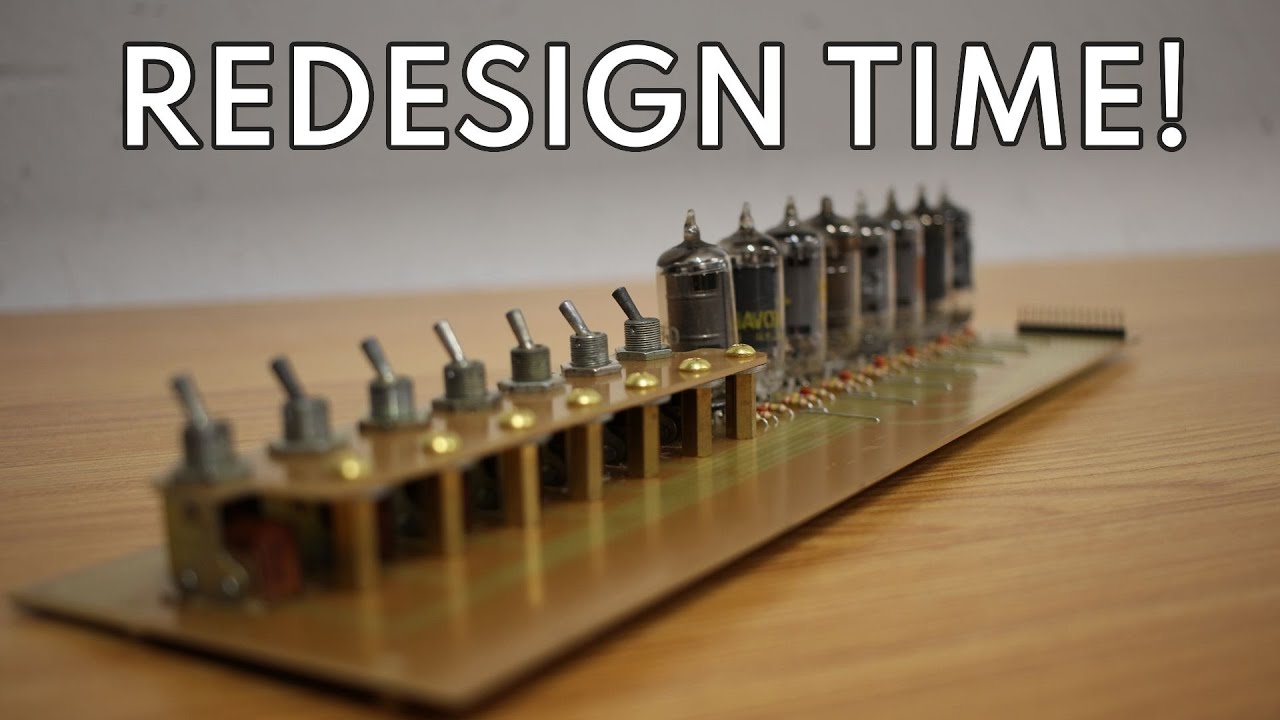When you’re building a computer from vacuum tubes, thinking as one has become accustomed to in the era of cheap and abundant semiconductor memory can end up with massive banks of tubes doubling as a space heater and consuming hundreds of watts of electricity (why, almost as much as a high-end gamer’s graphics card!). Memory is tough. It’s time to step back from the abyss and think about how engineers in the 1940s and 1950s might have approached the problem.
Trading electronics for holes punched in paper allows replacing electronics with a storage medium of unlimited capacity supported only by enough circuitry to handle one item at a time. This is the strategy adopted by the IBM Card-Programmed Electronic Calculator, introduced in 1949, with nearly 700 systems installed by the mid-1950s. Similarly, eight-level paper tape can provide all the instruction and data input required for one operation cycle of the vacuum tube computer.
